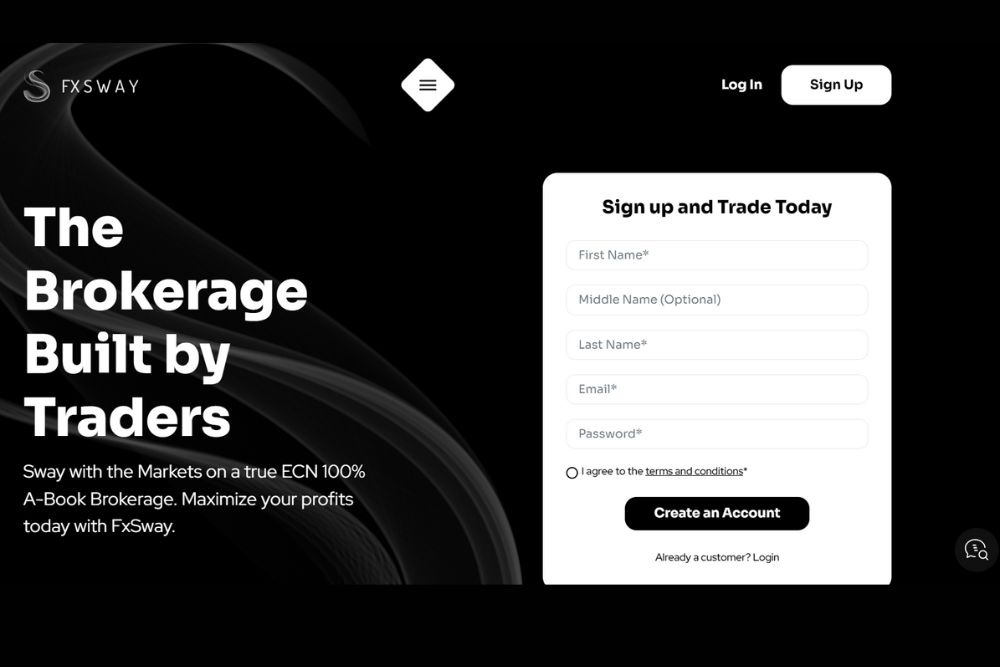Momentum trading is a strategy that seems more like an involuntary impulse to the market announcements rather than trading or investing strategy.
It involves buying the securities when they are rising and selling them when they have risen to the peak.
The central concept that works behind momentum trading is trading securities in the volatile nature of the market, in the short term uptrends, and selling the securities when they start losing momentum.
To know more of the trading style, here we have a full discussion on momentum trading.
The Principle of Momentum Trading
The main principle that operates behind momentum trading is market volatility. The volatility works like the spring of water in a barren land for momentum traders.
These traders take benefits of riding volatility in the market and buy on securities at the early stage of an uptrend. When the uptrend is at its peak, they sell the securities before the trend loses its momentum.
Momentum traders tend to take advantage when the investors start crowding trends. They actually most of the time are the leaders of such packs.
Elements of Momentum Trading
As we discussed above, momentum trading uses volatility as the base principle. Therefore, precise rules to mitigate risks are required.
Such risks can come from overcrowding, high volatility, and other factors that can reduce profits. Many traders and investors ignore these rules and fall into a spiral.
The main ingredients for these rules are:
Selecting the securities
While pursuing momentum trading, it is recommended to select and pick out liquid securities. The general funds can be great with momentum trading, but they account for smaller gains as compared to individual stocks or securities.
Look out for securities that are traded in huge numbers of about 5 to 6 million shares each day. These securities always commit high liquidity.
But sometimes, low traded shares can provide apple liquidity too during news announcements and overreaction of the market.
Risk Control
The windfalls of momentum, trading strategy includes the following:
- Before the momentum is confirmed, the traders tend to jump and drive into the trend.
- Closing the portions too loathe, when the momentum has lost its charm and prices have declined.
- Not paying attention to the changes taking place in the trend, missing signs of reversal or any news announcements that can impact the trend or trade.
- Overnight positions
- Not reflex acting to a failing trade and not closing the position when the trade fails.
Getting into the trade
The best opportunities for momentum trade get reflected in news that triggers the price movement in the market to the extremes.
But at the same time, such abrupt changes close off the buying and selling signs for traders and investors. However, players who observe closely and pay attention to details can jump in quickly and make massive profits.
Another opportunity for momentum trade occurs when only top players remain in the trade and all weak players have fallen. It happens when trade evolves. The leading players then lead the trade and trigger volatility in the market.
Managing the position and holding the trade
The management of the position takes a bit of time and patience because the securities in momentum trade carry wide spreads. These wide spreads need larger and more significant movements to turn the trade into profitable ones.
One needs to keep in mind that the longer you stay in the trade, the riskier it gets.
Therefore, traders must precisely decide on the trade time they would want to account towards. With momentum strategies, day trading is the best option to go with. It is better to take small positions while handling multiple trades.
Closing trades with-profits
A momentum trader or investor should close the trade position when the trade is overextending itself rapidly. That is the time of peak. After the peak, there is nothing but downfall.
Do not wait for more to come. The more will only disappoint you. While closing the position, you would require a systematic charting position. The overextended state of the trade position is easily detectable through a series of vertical bars on the charts.
Momentum Trading Strategies
Momentum trading is an investment strategy that traders can use to analyse price changes and have profitable investments. It includes the following momentum trading strategies:
- Moving average
- Relative strength index
- Stochastic Oscillator
- Day trading
- Scalping
Momentum traders can use the listed strategies to trade and have successful investing.
Moving Average
Moving average is a vital part of momentum trading as the strategy helps traders know the price movements. It is a simple technical analysis tool that uses updated average prices.
These are taken for a set period of time as per traders’ requirements and help traders know the price move.
Relative Strength Index
The relative strength index is another important momentum trading strategy that uses the index to analyse price movements. It provides overbought and oversold market conditions based on the index.
When the index is above 70, it is overbought and below 20 is an oversold market situation.
Stochastic Oscillator
A stochastic oscillator is an indicator that compares the closing price of the asset to its range of prices for a specified time period. A useful momentum technical tool is highly useful and sensitive.
Day Trading
Day trading is a short-term trading indicator that is used by momentum traders for quick profits. The strategy is for a single day where traders can have multiple, as many they or a single position.
A unique trading style where time is of significance for traders who have to use their trading skills to make fast decisions. They can invest a few seconds, minutes, or some hours.
Scalping
Scalping is similar to day trading but still different. The strategy is short period momentum trading where investors can quickly trade. They, however, can make a trade for a few seconds or minutes.
Traders do not have the whole day to take a position and make money. It is a good short selling trading style. Traders can analyze the price momentum using various indicators and have the desired profits.
However, the risks of such trades are also high.
Advantages of Momentum Trading
Momentum trading, if piqued correctly, can lead the trader towards maximum profits. Momentum traders who can stand risks and can follow this strategy ardently can get immense benefits from implementing it.
- Large profits in short term periods: momentum trading is a highly remunerative strategy when implemented with precision. And over time, it can ensure even larger gains.
- Using volatility as an advantage to trade: The primary way of pursuing momentum trading is through capitalisation on the volatile nature of the market and its trends. Momentum investors look for stocks that are on their way up through the ladder and then sell those stocks at their peak prices, gaining maximum profits. To maximise the returns, such investors lead the crowd when the trend hits the market.
- Playing on the emotional decisions of other investors: momentum investors and trailers go after chasing performances in a precise and systematic way. They incur particular buying and selling points and also mitigate their risks. They do not give way to their emotions whilst trading and getting into a trend, but they sure take advantage of other traders. These traders are the ones who lead to the changes in the price caused by emotions.
Disadvantages of Momentum Trading
With thunder comes the rain too. Momentum trading has a lot of downfalls. Like every other strategy, risks are inevitable but subject to mitigation.
There are always risks associated with the timings going bad and the investment hanging on the edge of the bridge. But every momentum trader and investor accepts these risks in the expectation of massive profits.
- High turnover fees: High turnover in stocks could lead to enormous costs for investors and traders. There are a lot of updated and new stockbrokers that are trying to put a full stop to this problem, but the high turnover in momentum trading still is a major difficulty for traders and investors.
- The research concentrated: A lot of research is required before implementing a momentum strategy. One must also have a sense of general market working and different indicators to analyse the buy and sell signals.
- Time intensive: momentum trading requires the investors to analyse the trend, and the trade will utter detailing. Therefore, a lot of time must be there in spare to pursue the market. One has to pay immense attention to news announcements that are occurring in the market.
- Sensitive to market: In a bullish market scenario, the momentum trading strategy works on the best grounds. The reason for this is that the investors try to herd towards a particular trend when it images. But in a bearish market condition, the profits from momentum trading reduce and the risks are more. This strategy is, therefore, not feasible in all kinds of market situations.
Conclusion
Momentum trading is an excellent trading strategy that traders can rely on to know the market trends. It includes many indicators and strategies that help traders understand the market change.
The article has analyzed the strategy, its factors, related strategies and pros and cons to give an accurate outline of momentum trading. It could be used by many online brokers such as TradeATF.
TradeATF deals in a wide range of instruments like stocks, indices, forex, ETFs, commodities, metals, and more. Moreover, traders can have momentum indicators to analyze the trade.
The indicators and strategies given above are of great importance for momentum traders.








